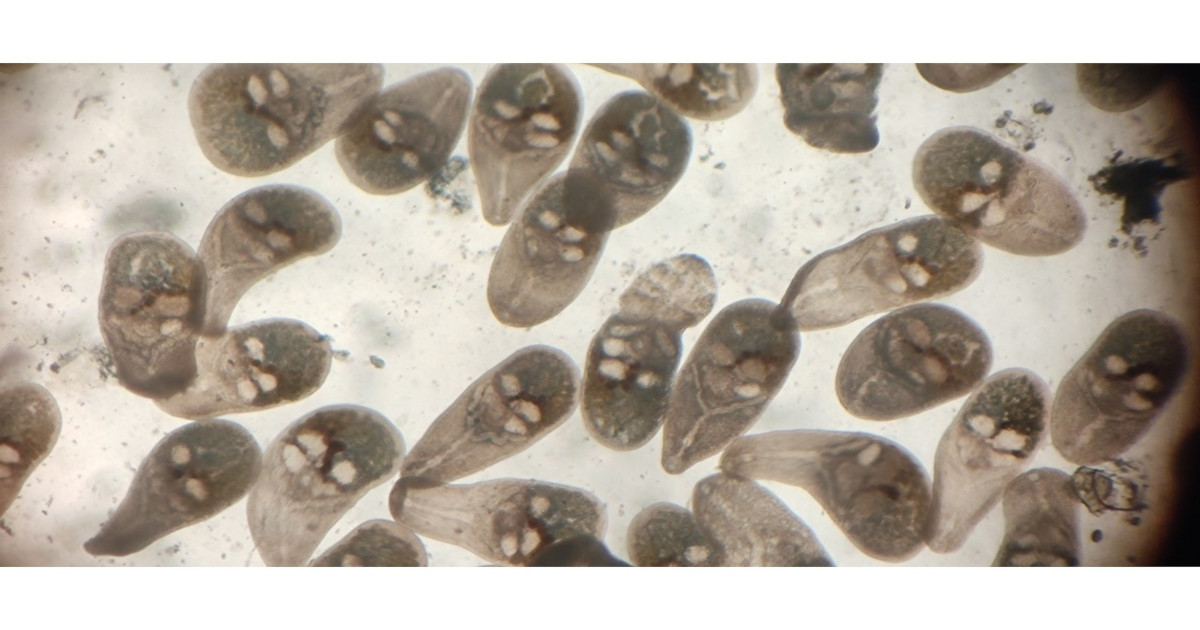Diversity of Macroparasites in Marine Fishes
A special issue of Diversity (ISSN 1424-2818). This special issue belongs to the section "Marine Diversity".
Deadline for manuscript submissions: closed (15 November 2022) | Viewed by 10770

Special Issue Editors
2. Faculty of Biology, Lomonosov Moscow State University, Leninskiye Gory 1/12, 119234 Moscow, Russia
Interests: parasitology; helminths; ichthyology; fisheries
Special Issues, Collections and Topics in MDPI journals
Interests: parasitology; helminths; systematics; phylogeny
Special Issues, Collections and Topics in MDPI journals
Special Issue Information
Dear Colleagues,
We are pleased to announce a forthcoming Special Issue of Diversity focused on parasites of marine fish. Marine fish play an important role in native communities, not only as part of the food chain, but also as hosts for parasitic worms and crustaceans. Various groups of helminths (cestodes, trematodes, nematodes, acanthocephalans, copepods, isopods, hirudineans) make up a huge share of the biological diversity of marine ecosystems. Pathologies caused by helminth infection affect the survival of the hosts, which entails damage to the presentation of the commercially important fish species. Besides causing direct damage to hosts, they also affect the flows of matter and energy. Marine fish harbor helminths that are dangerous to human health (anisakids, heterophyids, etc.), which makes marine parasitology a very important branch of marine biology.
This Special Issue is devoted to a wide range of issues related to parasites of marine fish: geographic and depth distribution of parasites, biogeography, host specificity, life cycles, taxonomy, phylogeny, genetic diversity, biochemistry of parasite–host interaction, physiological features of marine fish parasites associated with the accumulation of heavy metals, ichthyopathology, and parasitic diseases of marine aquaculture.
Dr. Ilya Gordeev
Dr. Sergey Sokolov
Guest Editors
Manuscript Submission Information
Manuscripts should be submitted online at www.mdpi.com by registering and logging in to this website. Once you are registered, click here to go to the submission form. Manuscripts can be submitted until the deadline. All submissions that pass pre-check are peer-reviewed. Accepted papers will be published continuously in the journal (as soon as accepted) and will be listed together on the special issue website. Research articles, review articles as well as short communications are invited. For planned papers, a title and short abstract (about 100 words) can be sent to the Editorial Office for announcement on this website.
Submitted manuscripts should not have been published previously, nor be under consideration for publication elsewhere (except conference proceedings papers). All manuscripts are thoroughly refereed through a single-blind peer-review process. A guide for authors and other relevant information for submission of manuscripts is available on the Instructions for Authors page. Diversity is an international peer-reviewed open access monthly journal published by MDPI.
Please visit the Instructions for Authors page before submitting a manuscript. The Article Processing Charge (APC) for publication in this open access journal is 2600 CHF (Swiss Francs). Submitted papers should be well formatted and use good English. Authors may use MDPI's English editing service prior to publication or during author revisions.
Keywords
- helminths
- marine environment
- teleost fish
- elasmobranch fish
- infection
- parasitology
- species diversity
- systematics
- genetics
- phylogeny






